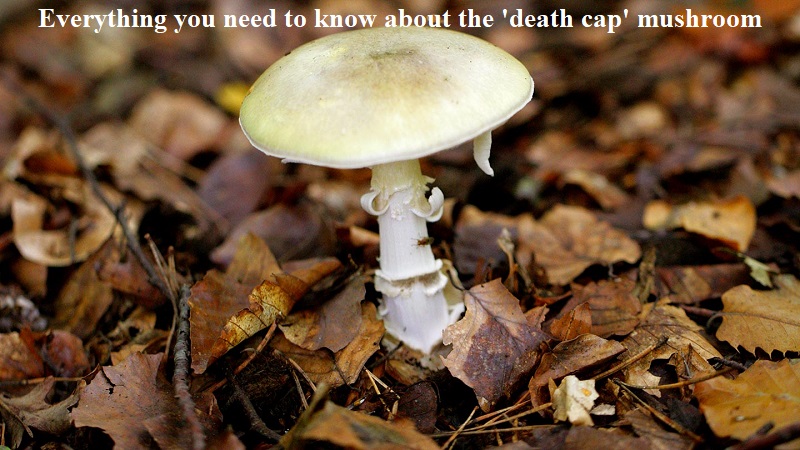
If you ever find yourself lost and starving in a forest, avoid the temptation to eat a mushroom with an inviting green color, because it happens to be the infamous ‘death cap’ mushroom. Consuming just a few bites of this mushroom can have fatal consequences, as its toxins attack the liver and sometimes the kidneys, leading to organ failure and death, even with medical care.
However, there is a glimmer of hope in the form of indocyanine green, a dye already approved by the Food and Drug Administration for medical diagnostic imaging. Scientists from Sun Yat-sen University in China have discovered that indocyanine green may serve as an antidote to the toxin of the ‘death cap’ mushroom (Amanita phalloides) by effectively preventing cell death caused by the toxin.
To investigate the mushroom’s toxicity, the researchers employed a multi-step approach. They conducted genome-wide CRISPR screening on a human cell line called HAP1 to analyze the destructive impact of the toxin. Through their investigation, they identified that the biosynthesis of proteins known as N-glycans played a significant role in cell death, with an enzyme called STT3B being a key player in the mushroom’s toxicity.
Indocyanine green emerged as a potential inhibitor of STT3B. Pre-treatment with indocyanine green made two different human cell lines, HAP1 and Hep G2, more resistant to toxin-induced cell death.
The researchers proceeded to test the effects of indocyanine green on live mice. The mice were injected with the toxin and then treated with indocyanine green four hours later. The organs of the mice were monitored, and the treated mice exhibited reduced organ damage and cell death, as well as higher survivability.
However, it is important to note that consuming the ‘death cap’ mushroom is still highly dangerous, and the study emphasizes seeking treatment as early as possible. Treatment with indocyanine green after 8-12 hours proved ineffective, as irreversible organ damage had already occurred.
The researchers highlight the value of combining whole-genome functional genomic characterization with in silico drug prediction to rapidly identify and target medically relevant processes.
This research, published in Nature Communications and reported by ScienceAlert, provides a promising avenue for potential treatment against the toxins of the ‘death cap’ mushroom, offering hope for those affected by its lethal effects.

Post Your Comments